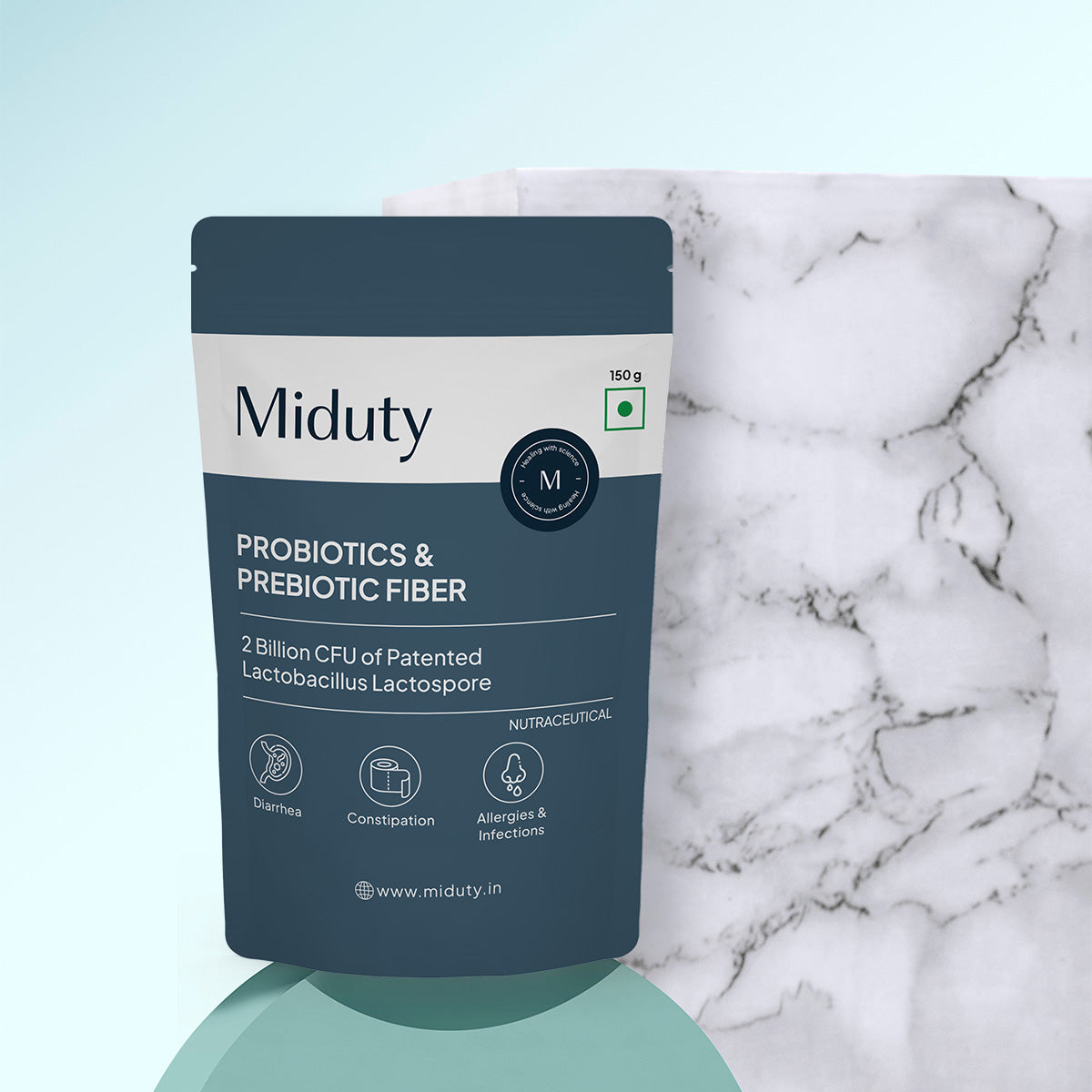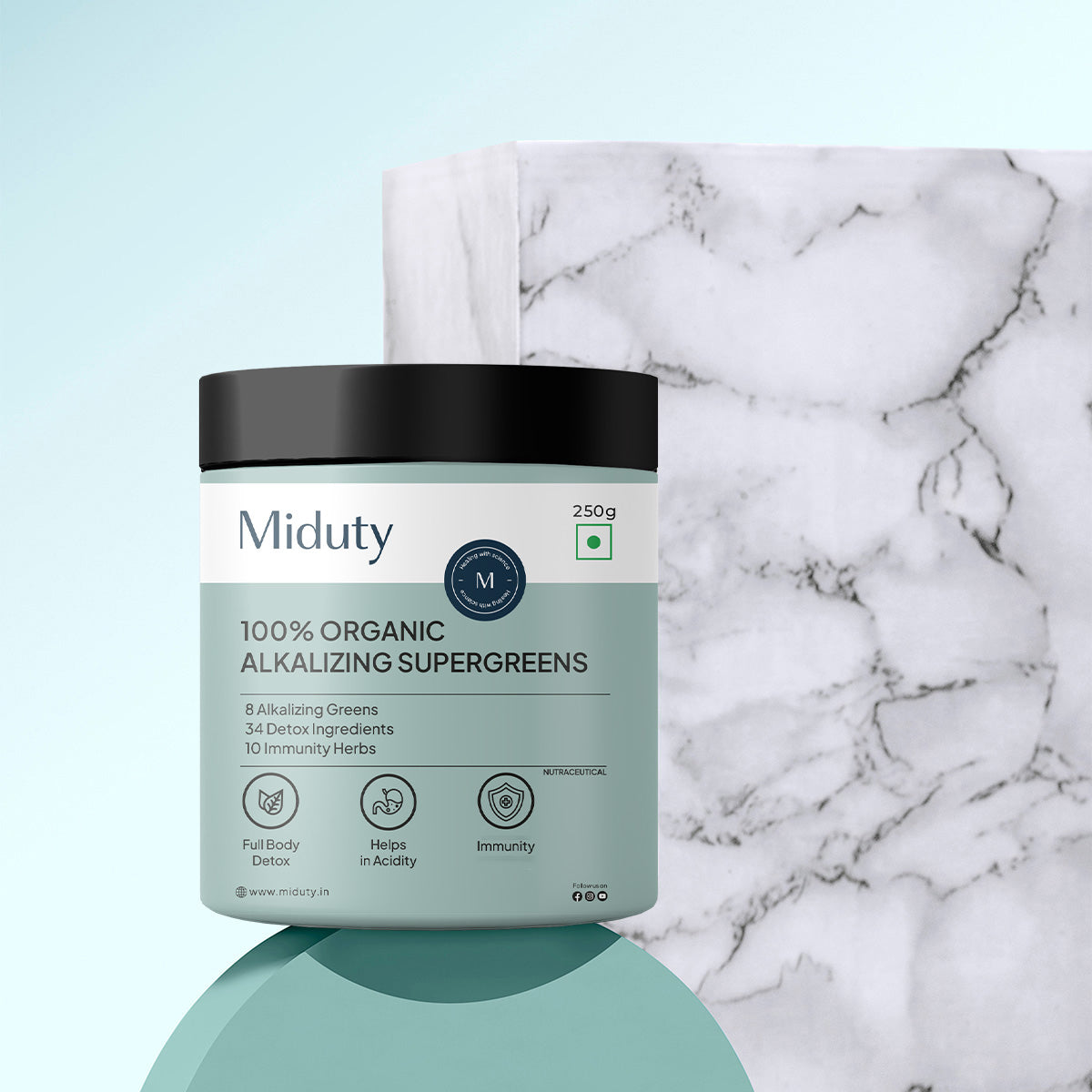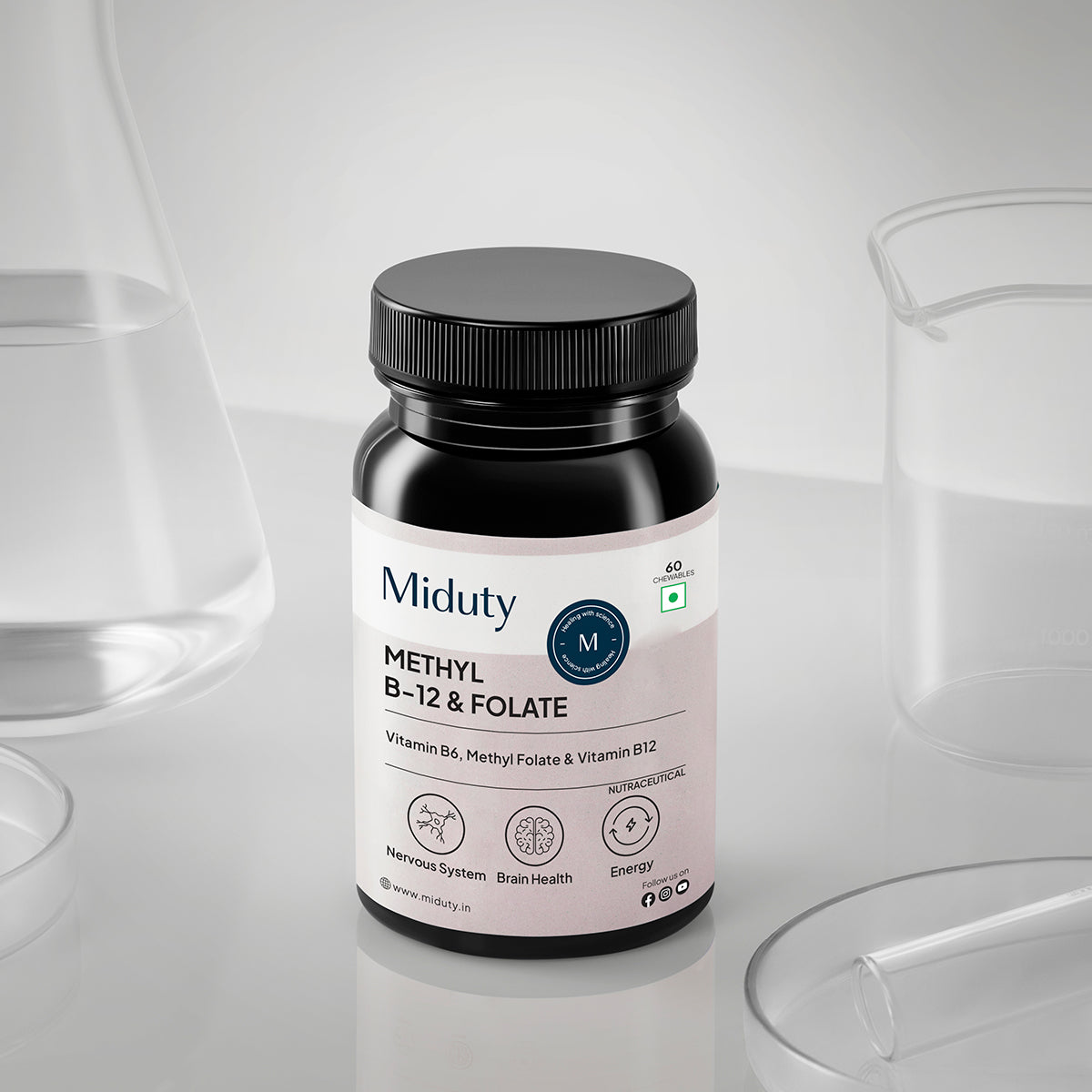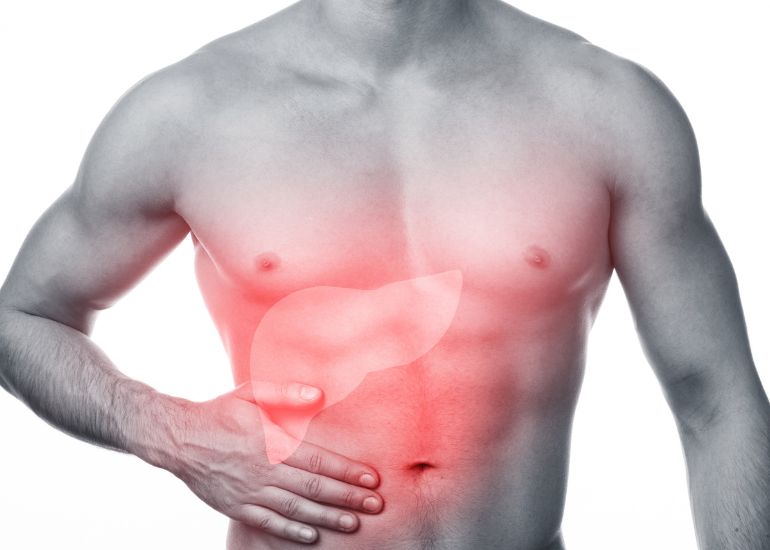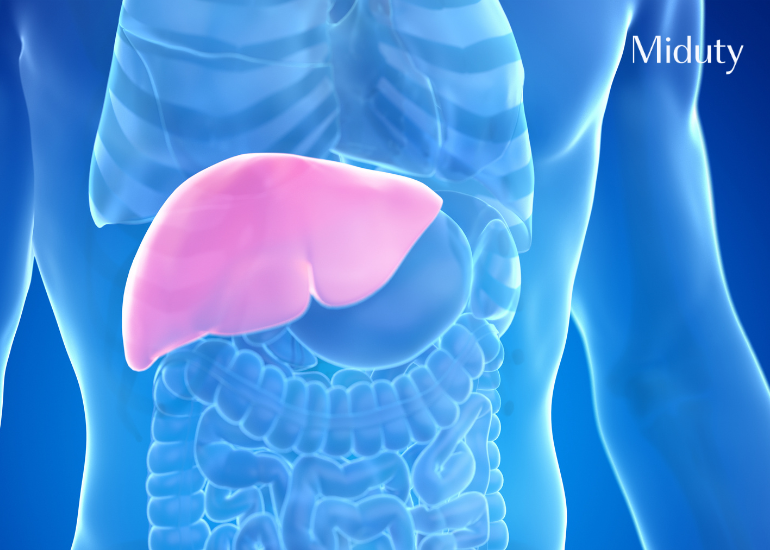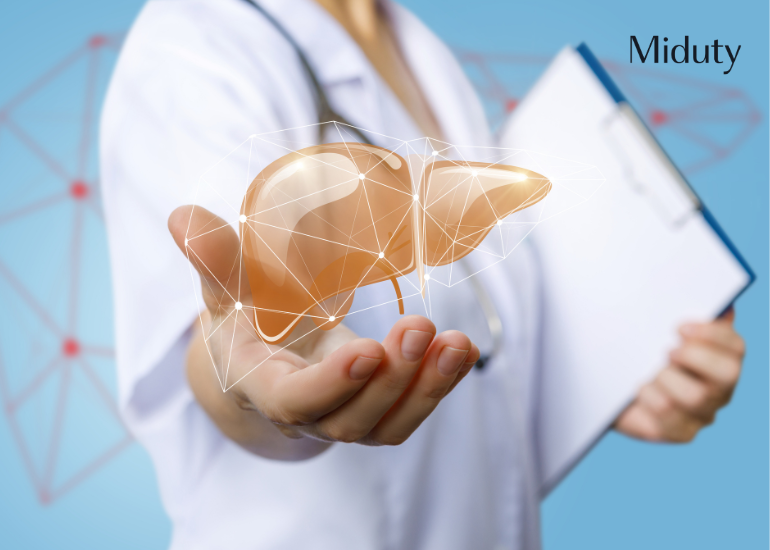
7-Day Meal Plan for Fatty Liver: A Complete Indian Diet Guide
If you've recently been told you have a "fatty liver" during a routine check-up, you're not alone—and you're definitely not helpless. With over half of Indian adults estimated to be at risk due to poor diets and sedentary lifestyles, fatty liver has quietly become one of the most common liver conditions in India. The good news? You can fight back with food.
Think of your liver like a kitchen sponge. When it's overused or clogged with grease (read: sugar, fat, junk food), it stops doing its job. But clean it up, treat it well, and it bounces back fast. This blog is your step-by-step Indian food guide to cleanse, support, and heal your liver using familiar, everyday ingredients—without giving up flavor or culture.
Key Insights
1. Over 25–30% of the Indian population is estimated to have non-alcoholic fatty liver disease (NAFLD), with rising numbers among younger adults and even teenagers.
2. A study published in The Lancet (2022) noted that India is seeing one of the fastest-growing rates of NAFLD globally.
3. 80–90% of people with fatty liver show no symptoms, making routine blood tests and ultrasounds the primary way it's detected.
4. A healthy diet, exercise, and weight loss of just 5–10% of body weight can significantly reduce liver fat.
5. Traditional Indian spices like turmeric, ginger, and garlic have proven anti-inflammatory effects that support liver detoxification naturally.
6. Diet changes are more effective than medication in the early stages of fatty liver, according to research by the Indian National Association for the Study of the Liver (INASL).
Understanding Fatty Liver Disease
Fatty liver disease, especially non-alcoholic fatty liver disease (NAFLD), is a silent but growing health concern in India. It occurs when fat makes up more than 5–10% of your liver's weight. Over time, this fat buildup can lead to inflammation, liver scarring, or even liver failure. What's alarming is that many people discover they have fatty liver only during routine health checkups, as it usually doesn't show symptoms early on.
There are two main types of fatty liver:
1. Alcoholic fatty liver disease (AFLD): Caused by excessive alcohol consumption.
2. Non-alcoholic fatty liver disease (NAFLD): Occurs in people who drink little or no alcohol.
Common causes include a high-sugar diet, obesity, insulin resistance, lack of physical activity, and high cholesterol levels. While medication has a role, dietary and lifestyle changes are the first line of defense. The good news? Fatty liver is reversible in its early stages with the right nutrition and lifestyle habits.
Importance of Diet in Fatty Liver Management
When it comes to managing fatty liver, what you eat is everything. Your liver processes everything you put into your body—foods, drinks, and medications. A poor diet can overburden the liver, while a healthy one can help it recover and thrive.
A well-balanced, liver-friendly diet should:
- Reduce liver fat accumulation
- Improve insulin sensitivity
- Lower inflammation
- Support overall detoxification
Indian diets, when cleaned up from excess oil and sugar, can be very beneficial. Ingredients like turmeric, ginger, garlic, and amla are powerful in fighting inflammation and supporting liver health. Moreover, many traditional recipes are naturally high in fiber, low in saturated fat, and rich in antioxidants.
Simple dietary changes—like switching from white rice to millets or reducing your oil intake—can make a massive difference in just a few weeks.
What to Include More and What to Avoid
Foods to Include in Your Fatty Liver Diet:
1. Whole Grains: Brown rice, oats, barley, millets (ragi, jowar, bajra)
2. Leafy Greens and Vegetables: Spinach, bottle gourd, broccoli, carrots, beetroot
3. Fruits: Apples, papaya, oranges, guava, pears
4. Legumes and Pulses: Moong dal, masoor dal, rajma (in moderation)
5. Lean Proteins: Tofu, paneer (low-fat), eggs, fish (if non-veg)
6. Healthy Fats: Flax seeds, chia seeds, walnuts, almonds (in moderation)
7. Probiotics: Low-fat curd, buttermilk
8. Spices: Turmeric, cumin, ginger, garlic, cinnamon
9. Fluids: Lemon water, coconut water, green tea, herbal teas
Foods to Avoid Completely:
1. Refined Carbohydrates: Maida-based foods like white bread, bakery items
2. Sugary Foods and Drinks: Sweets, soft drinks, packaged juices
3. Deep-Fried Foods: Samosas, pakoras, puris
4. Processed Foods: Chips, instant noodles, frozen snacks
5. Excess Ghee, Butter & Full-Fat Dairy
6. Red Meat and Fatty Cuts of Meat
7. Alcohol: Even small amounts can harm your liver
Avoiding these foods will reduce the stress on your liver and help it heal faster.
7-Day Meal Plan for Fatty Liver

Here's a simple, practical Indian meal plan designed to reduce liver fat and improve overall liver function. This plan avoids heavy, spicy, and oily foods while emphasizing fiber, antioxidants, and lean proteins.
Day 1
- Breakfast: Warm lemon water, vegetable dalia, 5 soaked almonds
- Mid-Morning: 1 guava, green tea
- Lunch: Brown rice, moong dal, lauki sabzi, cucumber salad
- Evening Snack: Buttermilk with jeera, roasted chana
- Dinner: 2 rotis, palak tofu, beetroot salad
Day 2
- Breakfast: Oats with chia seeds and banana
- Mid-Morning: Orange, tulsi tea
- Lunch: Millet khichdi, stir-fried beans and carrot, tomato salad
- Evening Snack: Coconut water, pumpkin seeds
- Dinner: 2 jowar rotis, baingan bharta, steamed broccoli
Day 3
- Breakfast: Amla juice, spinach upma
- Mid-Morning: Papaya, ginger green tea
- Lunch: Quinoa pulao with paneer, cucumber raita
- Evening Snack: Buttermilk with mint, walnuts
- Dinner: Moong chilla, sautéed sweet potato, jeera water
Day 4
- Breakfast: Masala oats, methi water
- Mid-Morning: Guava, cinnamon tea
- Lunch: Bajra roti, mixed veg curry, kachumber
- Evening Snack: Roasted makhana, lemon water
- Dinner: Besan chilla, sautéed bell peppers, turmeric milk (almond milk)
Day 5
- Breakfast: Moong sprouts chaat, egg/tofu
- Mid-Morning: Apple, green tea
- Lunch: Brown rice, rajma, bhindi fry (dry), cabbage salad
- Evening Snack: Buttermilk, peanuts
- Dinner: Grilled paneer/tofu, veggie soup, oats rotis
Day 6
- Breakfast: Smoothie with curd, flax seeds, banana
- Mid-Morning: Coconut water, roasted chana
- Lunch: Curd rice (brown rice), stir-fried beans, mint chutney
- Evening Snack: Curd with fruits
- Dinner: Oats idlis, sambar, boiled veggies
Day 7
- Breakfast: Ragi porridge with nuts, boiled egg
- Mid-Morning: Apple slices with peanut butter
- Lunch: Chana dal, spinach sabzi, multigrain roti
- Evening Snack: Lemon water, seed mix
- Dinner: Vegetable curry, beetroot salad, 2 rotis
Supplementation to Double Up the Impact of Diet
While food is your first and best medicine, sometimes your liver could use an extra hand—especially when you're trying to recover faster from fatty liver. That's where smart supplementation comes into play.
One supplement that's gaining real traction among both doctors and nutritionists is a liver detox formula with Milk Thistle and NAC (N-Acetyl Cysteine)—and for good reason.
Why Milk Thistle and NAC Work So Well Together:
- Milk Thistle (Silymarin): A traditional herbal remedy that's been used for centuries to treat liver problems. It acts as a powerful antioxidant and has been shown to help regenerate liver cells, reduce inflammation, and protect against further damage.
- NAC (N-Acetyl Cysteine): A precursor to glutathione, your body's master antioxidant. NAC helps boost liver detoxification, fight oxidative stress, and reduce fat accumulation in the liver.
When taken consistently, this combination can:
- Enhance your liver's natural detox process
- Reduce inflammation and liver enzymes
- Speed up recovery from early-stage fatty liver
- Support energy levels and digestion
Pro Tip: If you're following the 7-day meal plan, pairing it with our Milk Thistle + NAC supplement can turbocharge your liver reset journey.
Of course, supplements are not a magic bullet—they work best when taken regularly for a set period of time as per your body's requirement and when combined with the right food, exercise, and hydration. But if you're serious about reclaiming your liver health, this duo is a scientifically backed and side-effect-free way to fast-track your results.
Conclusion
Managing fatty liver doesn't require fancy diets or exotic foods. Your own kitchen holds the key. With simple changes in your everyday eating habits—like using less oil, cutting out sugar, and choosing whole grains—you can give your liver the chance to heal.
This 7-day Indian meal plan isn't a crash diet; it's a sustainable, nutritious guide to help reverse fatty liver symptoms, boost energy, and enhance your overall health. Pair it with 30 minutes of daily exercise, good sleep, and hydration, and you'll be on the path to a healthier, happier liver.
Frequently Asked Questions on 7-Day Meal Plan for Fatty Liver
Q1: What is a good menu for fatty liver?
A healthy menu includes whole grains (like oats or millets), dal, veggies, salads, fruits, and lean protein. Avoid fried, sugary, and processed foods. Keep meals light, balanced, and rich in fiber.
Q2: Which food is best for fatty liver?
Leafy greens, low-sugar fruits, whole grains, legumes, lean proteins, and detoxifying spices (like turmeric and ginger) are best. They reduce liver fat and support healing.
Q3: Can we eat chana in fatty liver?
Yes. Chana is high in fiber and protein, making it great for fatty liver. Go for boiled or roasted versions, not fried.
Q4: Which breakfast is best for fatty liver?
Good options include oats porridge, moong chilla, ragi porridge, and vegetable upma. Keep it light, high in fiber, and low in oil and sugar.
Q5: Can we eat rice in a fatty liver?
Yes, in moderation. Choose brown rice or millets instead of white rice. Pair with dal and veggies for a balanced meal.
References



